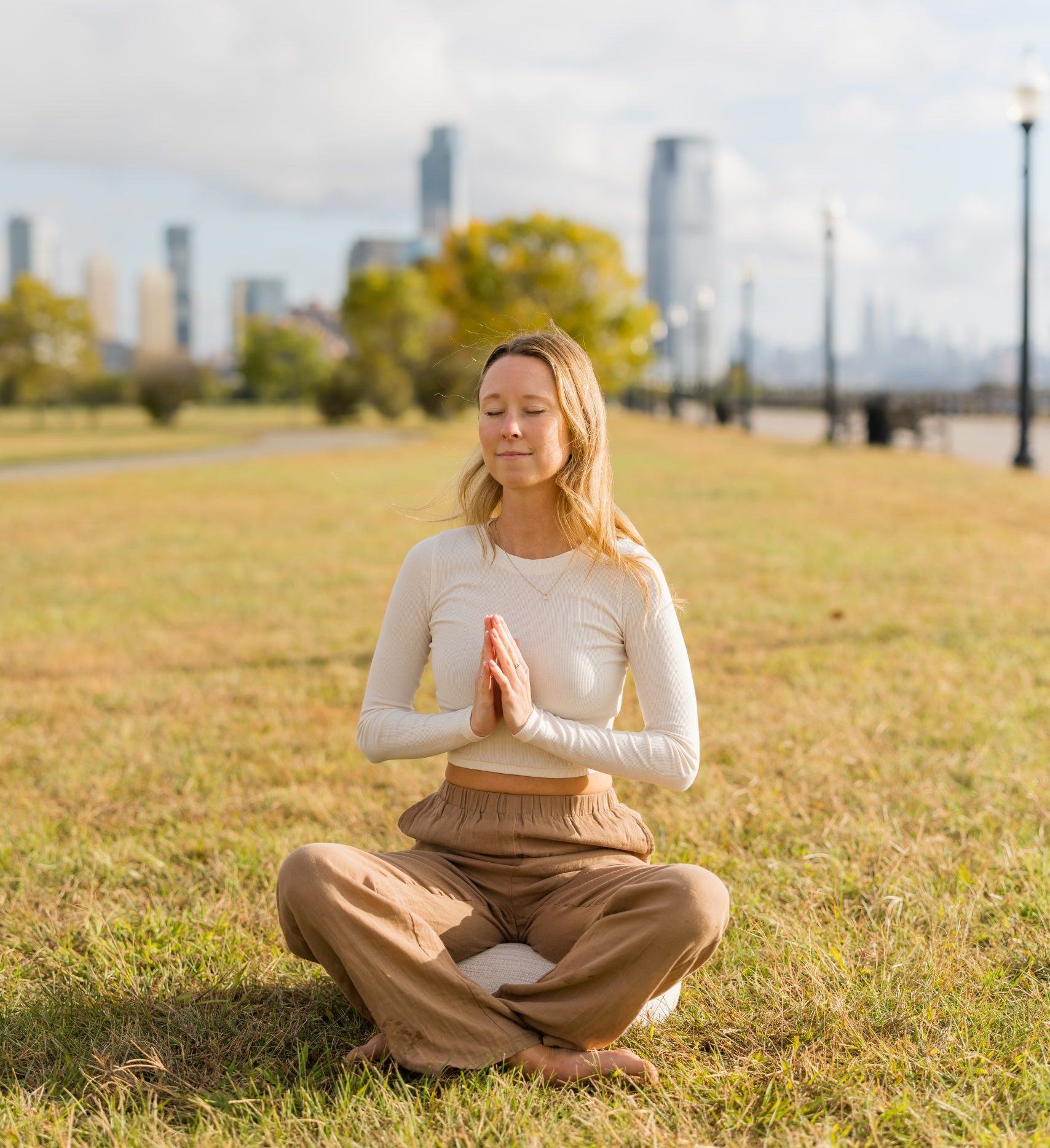
If you focus on your physical self, it may be time to include your mental self in the journey as well.
With the semester of graduate school behind me, I’m finally attending to some long-overdue self-care by joining a local yoga studio. My practice has been irregular amidst everything happening in the world, compounded by the time constraints of grad school while juggling a full-time job. However, given my busy schedule, it’s even more crucial to carve out time for self-care.
Although my yoga sessions have been considerably less frequent over the past few months, I managed to cultivate another discipline. I began taking mindfulness and meditation much more seriously over the last year. My experiences have ranged from solitary quiet time to a trial of Calm and meditation sessions on Clubhouse. Initially, it felt like a challenging ascent, but now that I’m establishing stronger meditation routines, I find it far easier to be mentally present when I unroll my mat to practice yoga.
Mindful presence is often an underappreciated aspect of yoga for many practitioners. Even while on the mat and performing the poses, your mind might be racing elsewhere at a thousand miles per hour. The more obligations and stress you face in life, the more challenging it becomes to disconnect from it all and simply be yourself, remaining mentally engaged in the moment.
Flowing with your breath is just as vital in yoga as mastering the postures.
I used to undervalue the significance of breathwork in the earlier years of my practice. I attempted to keep up with the class while managing my breathing, yet for beginners, it’s quite difficult to coordinate everything simultaneously. While I was earnest about learning proper alignment and perfecting seamless transitions between poses, I overlooked the importance of mastering my breath.
Reflecting back, I can clearly see the flaw in that approach. The breath is truly an integral part of yoga. It’s challenging to breathe mindfully while striving for strength and flexibility, but genuinely moving with your breath, as instructors always advocate, compels you to be more present. It’s captivating and immersive, requiring a great deal of focus to align your movements with your breath.
Even if it feels daunting, like it did for me initially, keep persevering. As you grow familiar with the poses and they become slightly easier, breathing through them tends to come more naturally. The synchronization of movement and breath transforms every pose into a significant experience. With each inhalation and exhalation, you prepare for the next moment. This amplifies the sensation and stretch of each pose. When you become absorbed in those feelings and sensations, it becomes much simpler to be mindfully present during your practice.
In stillness, counting breaths serves as a profound grounding technique.
It’s a straightforward practice—count how many seconds your inhale and exhale last. This is a well-known suggestion when starting a meditation practice, as it gives your mind something related to your current action to focus on. Often, when your mind is occupied with thoughts, those thoughts have little relevance to what you’re physically engaged in. For instance, while driving, you’re generally not contemplating the act of driving every moment you’re behind the wheel.
If you struggle to quiet your thoughts, using your mind to count each breath can be an excellent method for grounding. I used to find it nearly impossible to still my mind. That simple, automatic act of counting made it significantly easier to progress toward genuine meditation.
Moreover, if you find yourself in the relaxing phases of a yoga class, purposefully extending your exhalations can be beneficial. This technique has been shown to decelerate your heart rate. For the scientifically inclined, extending your exhalations beyond your inhales acts as a stimulus to the parasympathetic nerve, promoting relaxation. When calming down and heading toward shavasana, it’s an effective method to help you slow down.
Visualization techniques can assist in quieting racing thoughts.
If your mind refuses to settle, try directing it toward something more calming. Visualizing images and perceiving them with your mind’s eye requires substantial mental energy to maintain.
I began exploring visualization during shavasana at a studio where music was always playing. I often struggled to quiet my mind, so I would attempt to visualize images that connected with the music. At times, I’d envision myself floating if the tunes had a maritime quality. Other instances would find me visualizing colors swirling in abstract formations.
Visualization is highly personal and subjective. If it proves useful, you might experiment with envisioning yourself